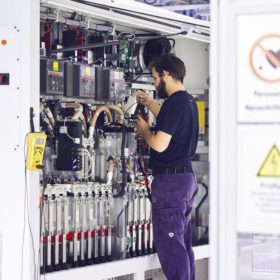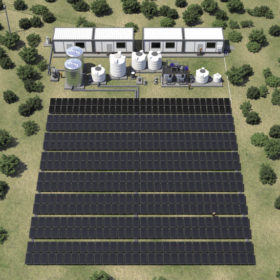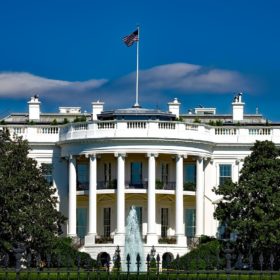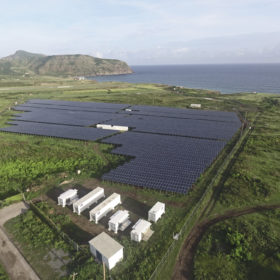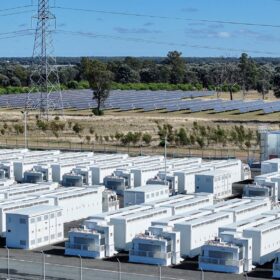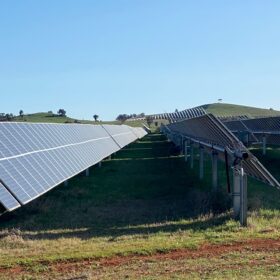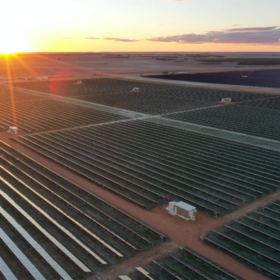Assessing the impact of large-wafer modules
Energy consultancy DNV GL has published new results comparing the performance of modules based on 166mm, 182mm and 210mm silicon cells. The assessment compares Trina Solar’s Vertex modules, which use the largest cell dimension, with unnamed competitors utilising the other two sizes. Results from system simulations show a clear advantage for the two larger sizes, with 210mm edging ahead in terms of levelised cost of electricity.
Weekend read: Current developments
The incremental improvements achieved each year in solar are usually relatively small, and improvements to one component can easily be accommodated by the rest of the system. But every so often, a bigger change comes along, with implications that will ripple up and down the supply chain.
Weekend read: PV in the water-energy-food nexus
Sector coupling may be somewhat of a buzzword, but it also points to opportunities for PV beyond the power markets, which may quickly reach limitations during peak hours of irradiation. Combined energy, food and clean water production presents one such opportunity, with benefits for developers, utilities and communities.
Weekend read: No dummies as Chase cuts through solar’s jargon
There’s more to read in the solar world than pv magazine alone, as much as we may hate to admit it. Looking back across some of the industry’s seminal works, leading analyst Jenny Chase’s 2019 book is too valuable, and entertaining, to be ignored.
Biden recommits U.S. to Paris climate accord, blocks Keystone pipeline
One environmental group said the new president’s actions make “the United States once more part of the global climate solution—not the problem.”
Weekend read: Big, and then bigger
Throughout 2020, a fast-moving story played out in PV module technology, with the introduction of larger wafers and subsequently larger module formats seeing the industry break into two camps, backing either 182 mm or 210 mm wafers. It remains to be seen whether one or the other will become a new industry standard, and both sizes will likely be plentiful on the market for the next few years at least. pv magazine takes a look at how we got to this point.
Complementary hybrid PV systems can reduce reliance on storage
Looking back over years of research into the topic of hybrid systems based on different combinations of solar, wind, hydro and other renewables, an international group of scientists found strong potential for strategies to exploit complementarity between the different sources integrate more intermittent renewables onto regional and national grids. The scientists present a series of conclusions and recommendations that aim to push research in hybrid renewables forward.
Fortescue and South Korea’s Posco agree to green hydrogen future
Fortescue Metals Group Chairman Andrew ‘Twiggy’ Forrest returned to Western Australia last week after a 4-month worldwide search for green energy projects and resources. One of the deals secured on the trip was a circular partnership with South Korean steelmaker Posco. The deal sees Fortescue supply Posco with iron ore, Posco use said ore to make steel, and Fortescue use said steel for renewable energy projects to make green hydrogen.
New method to build microgrids based on solar, hydrogen
The use of polymer electrolyte membrane fuel cells as backup power generation in solar microgrids could drive down costs and improve efficiency, according to an international group of researchers. They have proposed a new energy management system that could be ideal for hybrid solar-hydrogen microgrids in remote locations.
The geopolitical impact of hydrogen
In an interview with pv magazine, Indra Overland, head of the Center for Energy Research at the Norwegian Institute for International Affairs, explains how international hydrogen strategies may play out in the upcoming decades. Plans and roadmaps will not be enough to turn a hydrogen economy into reality and its success will depend on becoming cost-competitive vis-à-vis other solutions in several areas, he says.

